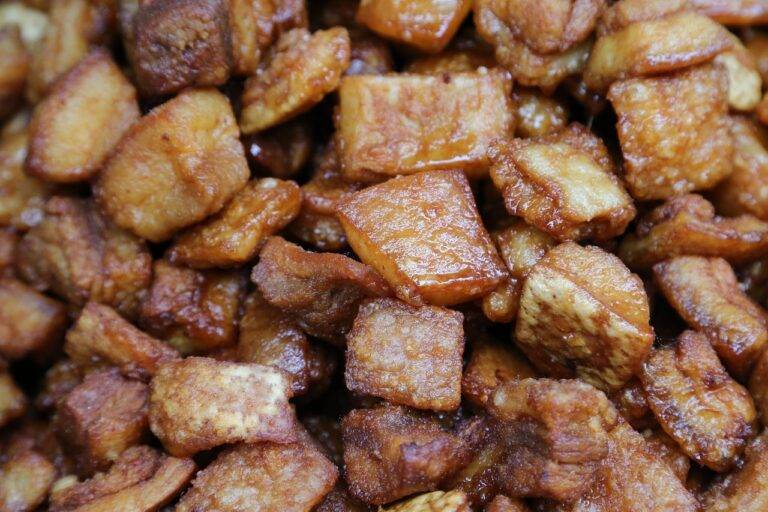The Evolution of Food Packaging: Balancing Convenience and Sustainability
Ancient civilizations utilized natural materials like leaves, gourds, and animal hides to wrap and store food. In Egypt, papyrus was employed to wrap food items, while in China, paper made from mulberry bark and bamboo fibers was utilized for packaging. These early methods of food packaging were essential to protect and transport perishable goods.
As societies advanced, so did food packaging methods. The Ancient Romans used amphorae, large ceramic containers, to transport liquids like wine and olive oil. The development of glass and metal containers in the 19th century revolutionized packaging, allowing for longer shelf lives and more efficient distribution of food products. The evolution of food packaging has played a vital role in shaping the way we consume and interact with food.
Early methods of food preservation
Food preservation has been an essential practice throughout history to prolong the shelf life of perishable goods. One of the earliest methods used by ancient civilizations was drying food under the sun. By removing moisture from fruits, vegetables, and meats, they were able to prevent bacterial growth and spoilage.
Another common method of food preservation employed by early societies was fermentation. This process involved using natural bacteria to break down sugars and starches in foods, creating an acidic environment that inhibited the growth of harmful microorganisms. Fermented foods like pickles, sauerkraut, and kimchi have been cherished for their unique flavors and extended storage capabilities.
The rise of convenience packaging
Convenience packaging has revolutionized the way we store and consume food products. With the fast-paced lifestyles of the modern world, the demand for quick and easy packaging solutions has significantly increased. These packaging options are designed to make the process of buying, storing, and using food items more convenient for consumers.
From individually wrapped snacks to microwavable meals, convenience packaging caters to the hectic schedules of individuals looking for efficient ways to enjoy their meals. The innovation of resealable bags, single-serving containers, and on-the-go packaging has transformed the food industry, offering practical solutions that resonate with busy consumers.
• Convenience packaging offers easy storage and portability for on-the-go consumers
• Individually wrapped snacks provide portion control and convenience for busy individuals
• Resealable bags help maintain freshness and extend the shelf life of food products
• Microwavable meals offer quick and effortless meal options for those with limited time
• Single-serving containers reduce waste and make it easier to enjoy snacks or meals on the move
What is convenience packaging?
Convenience packaging refers to packaging that is designed to make products easier and more convenient to use, store, and transport.
How does convenience packaging differ from traditional packaging?
Convenience packaging typically includes features such as resealable closures, single-serve portions, and microwaveable options that traditional packaging may not offer.
Why has convenience packaging become more popular in recent years?
Convenience packaging has become more popular due to the increasing demand for on-the-go and easy-to-prepare food and beverage options in today’s busy world.
What are some examples of convenience packaging?
Examples of convenience packaging include pouches with spouts for baby food, single-serve coffee pods, and pre-portioned meal kits.
How does convenience packaging contribute to food waste?
Convenience packaging can sometimes contribute to food waste if consumers purchase more than they need or if the packaging does not extend the shelf life of the product effectively.
Are there any environmental concerns associated with convenience packaging?
Yes, some convenience packaging materials, such as single-use plastics, can have negative impacts on the environment if not disposed of properly. Manufacturers are working towards more sustainable packaging options to address these concerns.







